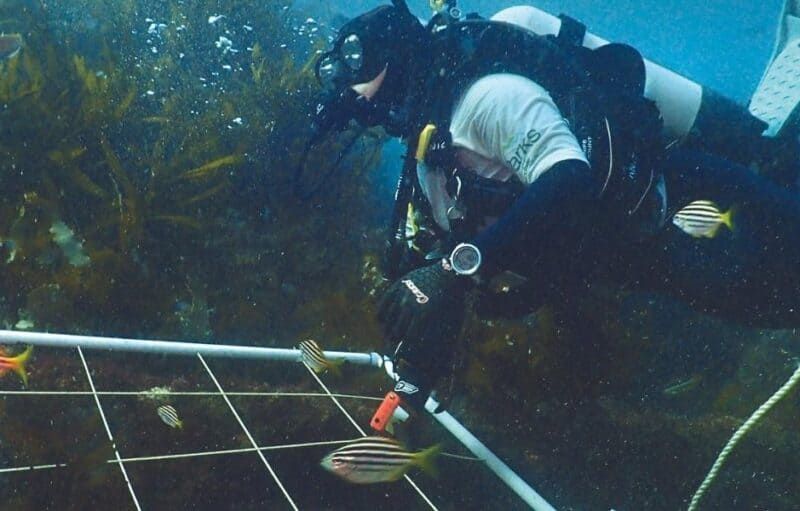Let's celebrate!
Throughout this year, Victorian National Parks Association, along with Parks Victoria, and local Friends groups will be holding events in honour of our marine protected areas.
Our 24 marine national parks and sanctuaries – from the whale nursery grounds of Discovery Bay Marine National Park in the west to the kelp forests of Cape Howe Marine National Park in the east, and all of those in-between – are precious gems for our state and the nation.
Throughout this year, we will show you these marine marvels, look back at their history and forward to their future, share discoveries and learnings, and recognise some of the exceptional individuals and groups who have made substantial contributions.
Throughout this year, Victorian National Parks Association, along with Parks Victoria, and local Friends groups will be holding events in honour of our marine protected areas.
Throughout this year, Victorian National Parks Association, along with Parks Victoria, and local Friends groups will be holding events in honour of our marine protected areas.
Victoria’s marine reserve network was created to protect representative samples of Victoria’s marine biodiversity and maintain ecological processes for the long term.
Our 13 parks and 11 sanctuaries conserve marine habitats in their natural condition – including rocky reefs, sponge gardens, towering kelp forests, sandy seafloors, seagrass meadows, mangroves and saltmarsh.
This network protects some of our state’s most iconic and charismatic species: Weedy Sea Dragons, Eastern Blue Devilfish, Southern Fiddler Rays and the Eastern Blue Groper.
Leading scientists from around the world agree that establishing marine national parks is the best way for marine ecosystems to survive and thrive.
Marine national parks and sanctuaries can:
And, of course, they allow Victorians and visitors alike to experience our sponge gardens with snorkels, cuttlefish on a scuba dives, and seals from kayaks. Swimming, surfing, windsurfing and boating are other ways these areas can be enjoyed for recreation and tourism.
Critically, commercial and recreational fishing is not permitted. Extractive or damaging uses such as aquaculture, exploration drilling, oil and gas extraction, dredging and waste disposal are also prohibited.
These underwater safe havens are places where management efforts are also focused on reducing impacts from threats such as marine pest invasions.
If done well, they can even have benefits for the surrounding areas outside the parks. They can even help achieve more sustainable fisheries as they provide places for fish to breed and grow.
However, with marine pests rife in various parts of our state’s waters, and infestations outside of parks being a constant source of infestation within parks, monitoring and controlling them is no easy task. No less challenging is warding off those who would undertake fishing in these no-take areas. Parks Victoria, as the manager of the network of marine national parks and sanctuaries, has significant limitations in its capacity. Lack of resourcing is not just a problem for national parks on land; the situation is even direr for our marine reserves.
They are in desperate need of:
While they are a fantastic legacy, expert government inquiries (including by the Victorian Environmental Assessment Council and the Commissioner for Environmental Sustainability’s State of the Environment Report) have identified critical gaps and limited protection of habitats in Victoria’s marine protected area network.
It is essential that we maintain and improve our marine protected areas. Victoria marine national parks and sanctuaries are the foundations for conservation and care of our seas and shores, and will be critical as climate refuges for marine life.




In this podcast series we capture the social history that led to the creation of the world-first system of marine national parks and sanctuaries in Victoria.
In this podcast series we capture the social history that led to the creation of the world-first system of marine national parks and sanctuaries in Victoria.